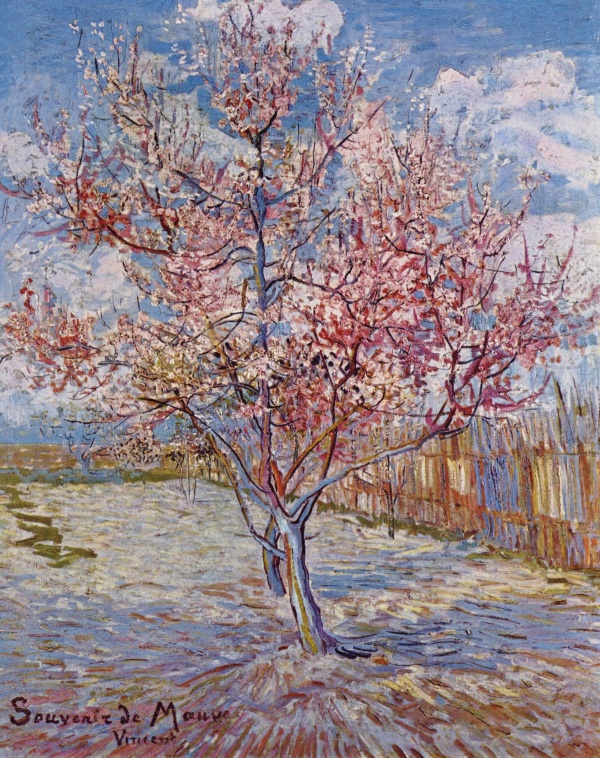Facts About Flowering Orchards
"Flowering Orchards" is a captivating series of paintings by the renowned Dutch artist Vincent van Gogh, created in the spring of 1888 while he lived in Arles, a charming town in southern France. Van Gogh was profoundly inspired by the blossoming fruit trees, which he saw as symbols of rebirth and hope. During this period, he completed around fourteen paintings of these enchanting trees.
Van Gogh’s fascination with flowering trees was more than just an appreciation of their beauty; to him, they represented awakening and optimism. His paintings from this series are a vibrant celebration of the orchards' colors and patterns. As he worked, his technique evolved, drawing influences from Impressionism, Divisionism, and Japanese woodcut styles. The bright, sunny climate of southern France helped him to simplify his compositions, much like the simplicity found in Japanese woodblocks.
This period marked heightened productivity and clarity for Van Gogh. His enthusiasm for painting the flowering orchards allowed him to embrace spontaneity and break free from overthinking his work. The result was a collection of lively and expressive compositions. Van Gogh even envisioned creating triptychs with these paintings, and one such grouping was displayed in his brother Theo’s apartment.
Notable pieces from the series include "Almond Tree in Blossom" "Pink Peach Tree" "Orchard in Blossom (Plum Trees)" and "Orchard in Blossom, Bordered by Cypresses." Van Gogh used irregular brush strokes and vibrant colors to capture the essence of the blossoming trees. The influence of Japanese art is evident in his use of high vantage points and stylized motifs.
The series also includes paintings like "View of Arles, Flowering Orchards" and "Flowering Orchard" in which Van Gogh explored the relationship between human labor and the landscape. Through these works, he beautifully captured the vitality and splendor of the natural world, reflecting his deep connection to nature and his evolving artistic style during his time in Arles.

 Belgium
Belgium